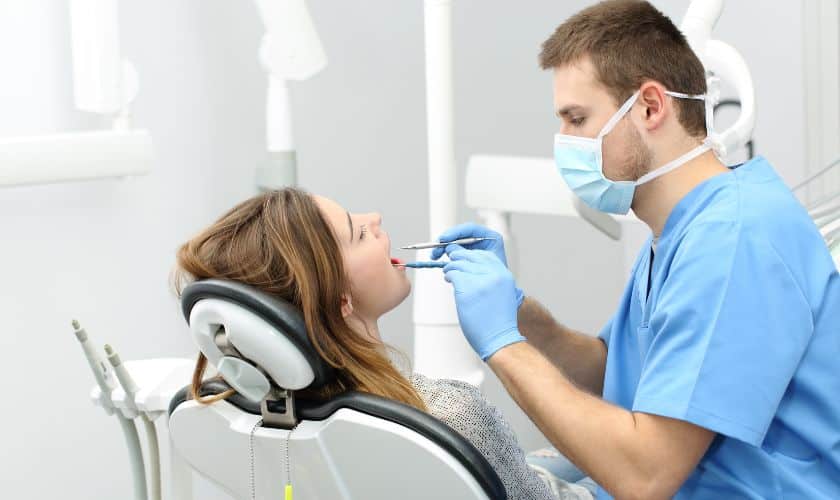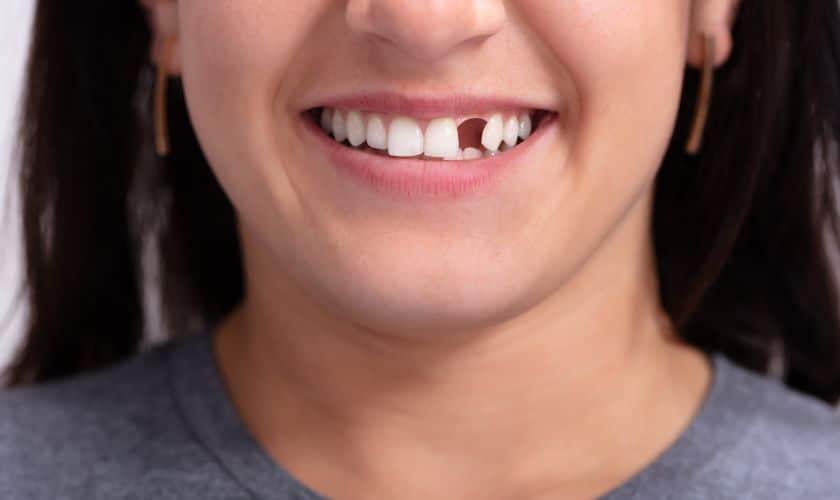820 W Laraway Rd, New Lenox, IL 60451
How Long Does It Take For Pain To Go After A Dental Bone Graft?

Are you considering a dental bone graft procedure? If so, you may have some questions about what to expect during the recovery process. One common concern is how long it will take for the pain to subside after a dental bone graft. Don’t worry – we’ve got you covered! In this blog post, we will explore the ins and outs of dental bone grafts, and their benefits, and provide some insights on when you can expect that pesky pain to bid adieu. So sit back, relax, and let’s delve into the world of dental bone graft healing timelines!
What is a Dental Bone Graft?
A dental bone graft is a common procedure that helps restore and strengthen the jawbone. It involves taking a small amount of bone from another part of your body, such as your chin or hip, or using donor bone material. This harvested bone is then carefully placed in the area where new bone growth is needed.
The purpose of a dental bone graft is to create a solid foundation for various procedures, including dental implants. When you lose a tooth or have severe gum disease, it can lead to loss of jawbone density over time. By undergoing a bone graft, you can stimulate new tissue growth and provide support for future dental work.
During the procedure itself, your dentist will make an incision in your gum tissue to access the underlying jawbone. The donated or harvested bone material will be carefully shaped and secured into place with screws or plates if necessary. Over time, this implanted material serves as scaffolding for your natural bones to grow around and fuse.
It’s worth noting that there are different types of dental bone grafts available depending on individual needs and circumstances. Your dentist will assess which approach is best suited for you during an initial consultation.
Dental professionals typically use local anesthesia during the procedure to minimize any discomfort you may experience. However, some post-operative pain and swelling are expected as part of the healing process – but fear not! We’ll explore this further in our next section so keep reading!
What are the Benefits of a Dental Bone Graft?
Dental bone grafting is a common procedure used to restore and strengthen the jawbone. It involves taking bone from another part of your body or using synthetic material to fill in areas where there is insufficient bone mass. While the primary goal of a dental bone graft is to prepare the jaw for implants, several other benefits come along with this procedure.
A dental bone graft can improve the aesthetics of your smile. When you have missing teeth, it can lead to an unbalanced facial structure and sagging skin around your mouth. By restoring the integrity of your jawbone through a graft, you can achieve a more youthful appearance.
A dental bone graft improves oral health by providing stability for replacement teeth. When there isn’t enough bone present in the jaw to support an implant, it may cause difficulty in speaking and eating properly. A well-executed bone graft ensures that replacement teeth will have a solid foundation for long-term success.
Undergoing a dental bone graft can prevent further complications down the line. If left untreated, inadequate jawbone density may result in oral health issues such as infections or TMJ disorders. By addressing these concerns early on with a thorough dental evaluation and subsequent bone graft if necessary, you can avoid potential problems later.
While preparing for implants may be the main objective of getting a dental bone graft done; its benefits extend far beyond just that aspect alone!
How Long Does it Take for Pain to Go After a Dental Bone Graft?
The duration of pain following a dental bone graft can vary from person to person. It is important to keep in mind that everyone’s healing process is unique, and factors such as the extent of the procedure and individual pain tolerance can influence the recovery period.
Typically, patients may experience some discomfort or soreness immediately after the surgery. This initial discomfort usually subsides within a few days as the body begins its natural healing process. Your New Lenox Dentist will provide you with post-operative care instructions and may prescribe medication to manage any potential pain during this time.
In most cases, patients report a significant reduction in pain within one week after the dental bone graft. However, it is essential to note that complete resolution of discomfort may take several weeks or even months depending on various factors like individual healing capabilities and adherence to post-operative instructions.
It is crucial for patients undergoing a dental bone graft procedure to follow their dentist’s guidance diligently. Maintaining good oral hygiene practices, avoiding strenuous activities, and adhering to any dietary restrictions recommended by your dentist are vital aspects of ensuring successful healing and minimizing postoperative pain.
If you have concerns about persistent or worsening pain following your dental bone graft procedure, it is important not to hesitate to reach out to your dentist promptly. They will be able to assess your condition thoroughly and provide appropriate recommendations or adjustments if necessary.
Remember that while some level of discomfort may be expected initially following a dental bone graft, proper care during the recovery period can help alleviate potential complications and ensure optimal results in restoring both function and aesthetics.
Visit us at Nelson Ridge Family Dental – Dentist New Lenox and get more insight about suitable dental procedures for transforming your oral and take a step forward towards achieving the smile of your dreams.





